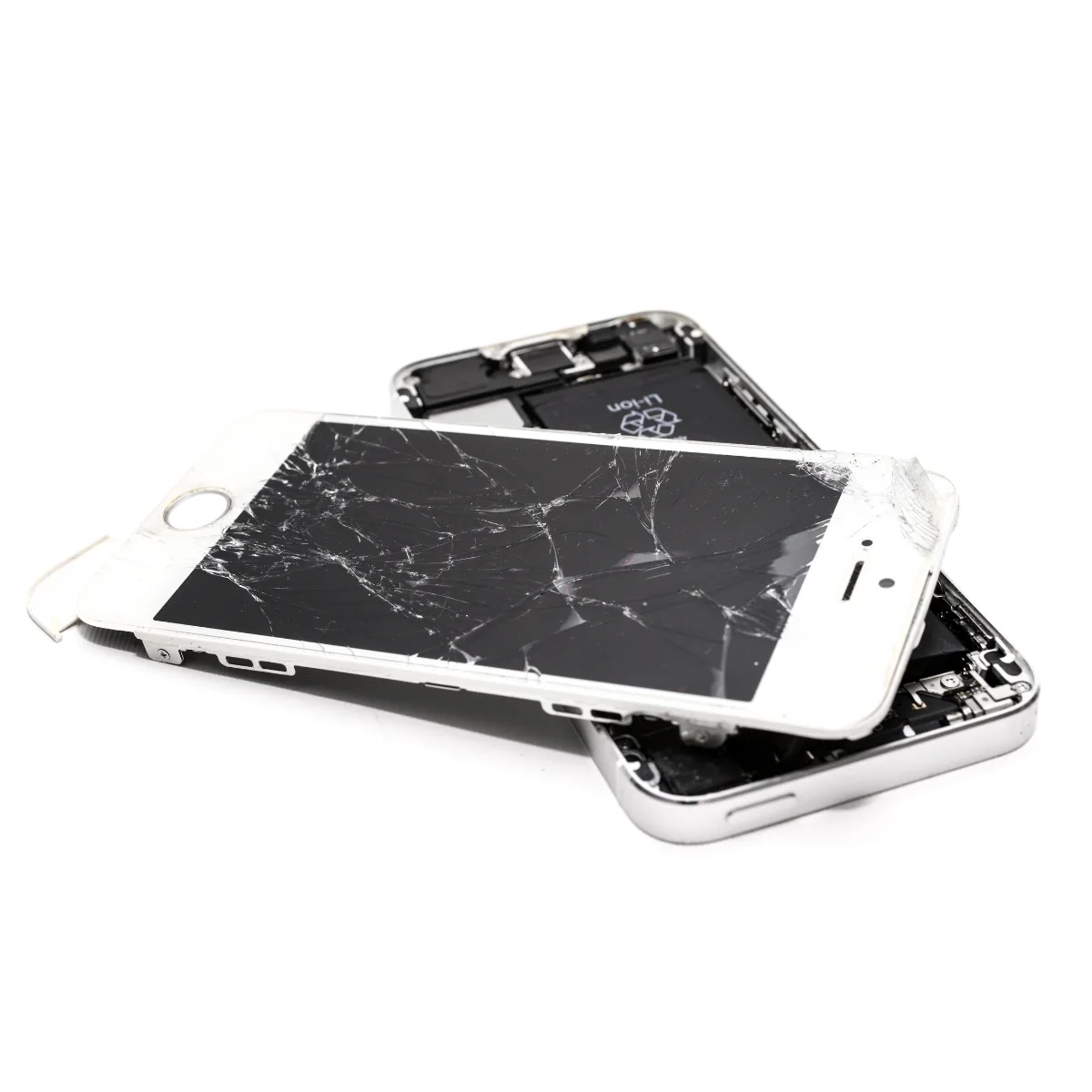‘Right to repair’ campaigners finally had something to celebrate last week as Apple announced its “self-service repair” programme, aimed at “customers who are comfortable with completing their own repairs.”
Initial Phase
Apple says that the initial phase of the programme, beginning in the US early next year, will be for iPhone 12 and iPhone 13 models, and will focus on the most commonly serviced modules, such as the iPhone display, battery, and camera.
How Will It Work?
The programme, which Apple says is “intended for individual technicians with the knowledge and experience to repair electronic devices” relies firstly on the customer reviewing the Repair Manual. From here, Apple expects the customer to place an order for the necessary Apple genuine parts and tools using the Apple Self Service Repair Online Store. After the repair, any customers who return their used parts for recycling will receive credit toward their purchase.
Access To 200 Parts and Tools
Those choosing to attempt their own repairs via the “Self-Service Repair” programme will join the global network of 5,000 Apple Authorised Service Providers (AASPs) and 2,800 Independent Repair Providers who already have access to Apple parts, tools, and manuals. Those in the initial phase of the programme, however, will only have access, via the new store, to the 200 parts and tools which are commonly used for iPhone 12 and 13 repairs.
Next Phase
The wider roll-out of the programme is due to take place beyond the US to “additional countries” throughout 2022. Apple’s plan for the next phase of the programme is to provide Self-Service Repair for Mac computers featuring M1 chips.
Professional Repairs Still Best For The Majority
In its announcement of the new programme, Apple acknowledged that “For the vast majority of customers, visiting a professional repair provider with certified technicians who use genuine Apple parts is the safest and most reliable way to get a repair.”
Devices To Landfill A Big Problem
Devices such as phones contain precious elements that can be extracted and recycled, but vast numbers of phones simply go to landfill, adding to pollution levels. For example, a recent assessment by the waste electrical and electronic equipment (WEEE) showed that 151 million or more phones per year (approximately 416,000 per day) are incinerated or landfilled and that 40 per cent of heavy metals in US landfills come from discarded electronics.
Right To Repair Movement
The ‘right to repair’ movement has grown in recent years with the basic idea being to help tackle built-in obsolescence, thereby prolonging product life cycles, creating better value and saving money for consumers, reducing the number of products going to waste, and helping the environment. There have been calls for rules/legislation to be passed that force manufacturers (e.g., of appliances, electrical products, white goods and more) to make parts (and information) available to end customers, and not just approved/authorised repairers, and technicians, so that it is possible for end-users to fix the product at home.
What Does This Mean For Your Business?
In reality, it seems unlikely in what has become a society used to simply “throwing away and replacing” (rather than repairing products) that many users will attempt home repairs on what are relatively complicated, delicate, high-value, and important daily-use items. Nevertheless, being seen to give the right to repair is likely to be really valued by some people and viewed positively by many. Apple has gone from the low-point scandal of being fined (for using a software update to slow down some old iPhones and not telling people how to fix the problem and prompting a battery replacement) to what appears to be the complete turnaround with this transparency and positivity of giving customers the power, means, and choice to fix their own devices rather than forcing them to only use approved technicians. Many businesses are aware of the need for improved environmental credentials and use Apple devices. This could mean a positive rub-off value for them and, coupled with the recent announcement of offering a Business Essentials full device management service, businesses now have some good reasons to view Apple in more positive light.
Recent Blogs
Related posts
5 Common Cyber Threats in 2025 (and How To Avoid Them)
In 2025, cyber threats are in almost every nook and corner. They might be with the intent to destroy computers, steal data, or take money. [...]
Can Password Managers Be Hacked?
Password managers keep our online accounts safe. They store all our passwords in one place. But are they hackable? What Are Password Managers? Password [...]
10 AI Tools You Need in Your Office For Productivity
In today’s fast-moving world, everyone wants to work wiser, not harder. The involvement of AI tools will help you do just that. They can make [...]








